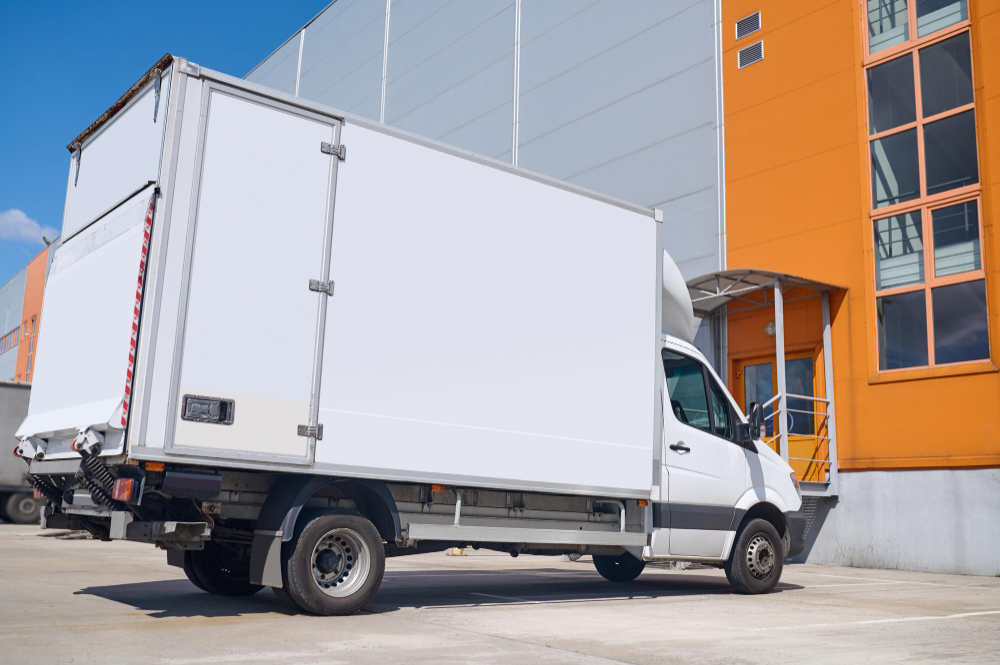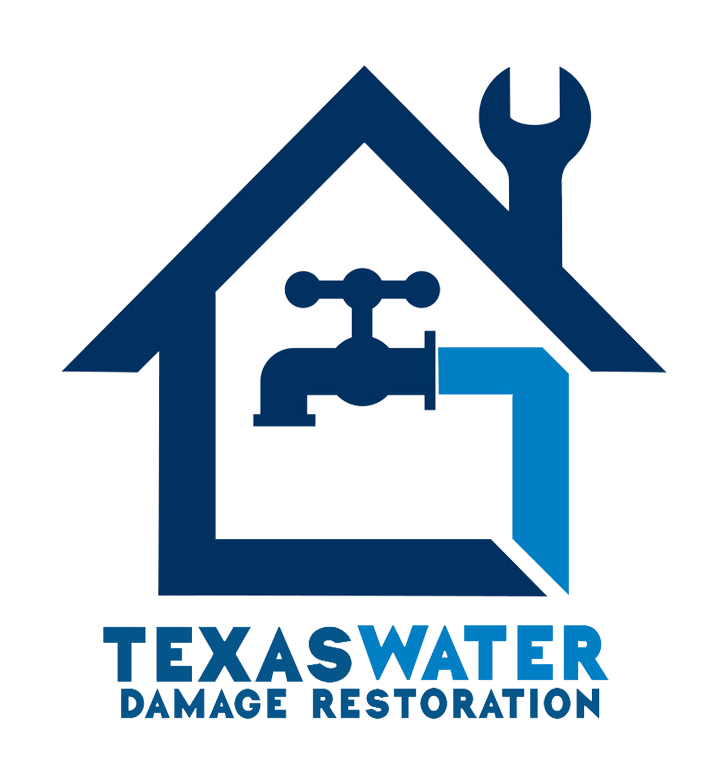Burst And Frozen Pipe Repair
Request Service Now
Request A Free Evaluation Now or Call (833) 365-6154.
We’re ready to respond.
OUR SERVICES
TEXAS WATER DAMAGE RESTORATION
Emergency Water Damage Restoration
Fire Damage Repair
Mold Removal
Flood Damage
Plumbing Overflow
Burst And Frozen Pipe Repair
Smoke Damage Removal
Commercial Cleaning And Restoration

24 Hour Emergency Damage Services In Texas
CALL THE TEXAS WATER DAMAGE RESTORATION PROS
Frequently Asked Questions
Identifying a frozen pipe can be difficult, as the signs may not always be immediately visible. There are however certain indicators that can help to determine if a pipe is frozen. Firstly, it is important to take note of any changes in water pressure and temperature when running taps or showers – this could be an indication that something is wrong. Additionally, there may be physical evidence such as frost on exposed pipes or condensation appearing on walls near the source of plumbing.
The consequences of having a frozen pipe can cause serious damage which will require repair work. In addition to potential flooding inside your home or business premises, long-term problems such as: * Structural Damage * Warping and bending of pipes * Cracked foundations * Health Risks * Mold growth from moisture caused by burst/leaking pipes * Bacterial contamination from stagnant water can occur if left unresolved for too long. It is therefore essential to address the issue promptly upon detection in order avoid further damages occurring later down the line.
Early intervention with appropriate methods should ensure successful resolution of the problem; these include thawing out frozen sections using heat sources such as hot air blowers, hair dryers and towels soaked in warm water (ensuring contact between the towel and pipe). If necessary repairs must still take place afterwards, they should involve either patching up small holes with epoxy putty or replacing segments completely depending on severity of damage inflicted. Taking action quickly ensures minimal disruption while addressing safety concerns simultaneously.
Identifying a frozen pipe can be difficult, as the signs may not always be immediately visible. There are however certain indicators that can help to determine if a pipe is frozen. Firstly, it is important to take note of any changes in water pressure and temperature when running taps or showers – this could be an indication that something is wrong. Additionally, there may be physical evidence such as frost on exposed pipes or condensation appearing on walls near the source of plumbing.
The consequences of having a frozen pipe can cause serious damage which will require repair work. In addition to potential flooding inside your home or business premises, long-term problems such as: * Structural Damage * Warping and bending of pipes * Cracked foundations * Health Risks * Mold growth from moisture caused by burst/leaking pipes * Bacterial contamination from stagnant water can occur if left unresolved for too long. It is therefore essential to address the issue promptly upon detection in order avoid further damages occurring later down the line.
Early intervention with appropriate methods should ensure successful resolution of the problem; these include thawing out frozen sections using heat sources such as hot air blowers, hair dryers and towels soaked in warm water (ensuring contact between the towel and pipe). If necessary repairs must still take place afterwards, they should involve either patching up small holes with epoxy putty or replacing segments completely depending on severity of damage inflicted. Taking action quickly ensures minimal disruption while addressing safety concerns simultaneously.
As the winter chill creeps in, a homeowner’s worst nightmare is frozen pipes. When temperatures plunge below freezing, water can become solid and cause serious damage to plumbing systems. For those seeking to thaw their pipes quickly, there are several methods one could use.
The most popular method of pipe-thawing is using a hot air blower or hair dryer. By blasting warm air directly onto the affected area, it will heat up gradually until the ice melts away. While this may take some time, it is safe for both you and your home as there won’t be any risk of electrocution from being near water. Additionally, applying heat with towels soaked in hot water also works but requires more effort on the part of the user than simply using a blow dryer does.
For particularly stubborn cases where neither approach seems to work, another option would be to call an emergency plumber who has experience dealing with burst and frozen pipes. They should be able to provide professional advice that can help get your plumbing back into working order without too much difficulty or expense. It’s important not to wait too long before taking action because continued exposure to cold weather could result in further damage if left unaddressed.
Thawing out frozen pipes is possible if done right; however, prevention is always better than cure when it comes protecting homes against winter damage. Therefore homeowners must ensure they insulate all exposed piping during colder months and keep them free of debris which could impede proper functioning when temperatures drop drastically outside.
The sight of a burst pipe can be disturbing and many homeowners are left wondering if it is necessary to replace the pipes. The decision of whether or not a burst pipe needs replacement will depend on various factors such as the severity, age and type of damage incurred. As one stands in front of this daunting problem, they need to take into account several things before deciding if new piping is needed or not.
Imagery of water gushing out from unexpected places around the home conjures up feelings of helplessness for those faced with this issue. To assess the situation accurately, three main considerations should be taken into account: 1) Age – How long has the current piping been in place? 2) Location – Where exactly did the burst occur? 3) Size of Damage – Is it localized or widespread?
Depending on these variables, repair may still be possible without having to do a full-scale installation of new pipes. If the location is easily accessible and only minor repairs are required, then patching could potentially suffice. On the other hand, if there is extensive damage due to older, corroded plumbing that cannot simply be patched over, then replacing the entire system would be advisable. In addition, any section where water pressure builds up significantly should also be replaced promptly to avoid further issues down the line.
Making an informed decision based on all available information is key when dealing with burst and frozen pipe repair; weighing up all relevant options is crucial in order to make sure you have done everything you can to fix your plumbing problems quickly and safely.
Pipes are a critical element in any plumbing system, but can be vulnerable to bursting if not properly maintained. To prevent pipes from bursting and save owners the expense of repair or replacement, it is important to understand what causes them to burst and take proactive steps to avoid such an occurrence. This article will explore how one might stop a pipe from bursting through proper maintenance and inspection.
Like a ticking time bomb, many factors can cause a pipe to burst suddenly without warning. Poor water pressure caused by clogged lines, corrosion due to aging materials or extreme temperature changes are some of the common culprits behind frozen or burst pipes. To help reduce these risks, homeowners should: * Regularly inspect their plumbing for signs of excessive wear and tear * Make sure all valves are functioning correctly * Invest in insulation for exposed pipes during winter months * Check for leaks regularly using advanced technology like infrared cameras.
By taking these simple precautions, homeowners may be able to catch problems before they become too serious – saving time, money, and potentially even lives. Furthermore, ensuring that all fixtures remain up-to-date with the latest safety standards is also essential as this reduces the risk of damage occurring in the first place. With smart planning and regular monitoring, you can keep your family safe while avoiding costly repairs down the road.
The winter season can be hard on the plumbing system of a home. Pipes that are exposed to cold temperatures may become frozen or burst, leading to extensive damage and costly repairs. It is important to recognize potential signs of an impending pipe failure in order to take preventive action before it is too late.
One way to identify if pipes are at risk for freezing or bursting is by checking their insulation status. If there are any areas where insulation has worn away, this could make them vulnerable to extreme weather conditions. Additionally, looking out for water pressure changes in faucets and toilets can indicate whether the internal pipes have been affected by colder temperatures. Finally, detecting unusual noises coming from the walls or floors might be an indication that something wrong with the plumbing system.
Being aware of these warning signals can help homeowners avoid unexpected disasters related to frozen or burst pipes. Taking precautions such as keeping rooms warm and inspecting exposed piping regularly will go a long way towards safeguarding one’s property from severe damages resulting from icy conditions.
Conclusion
The threat of frozen and burst pipes should not be taken lightly. One must remain vigilant for the warning signs that a pipe could become frozen or burst, such as a lower water pressure than usual or no hot water. If these symptoms are present, it is essential to take action quickly in order to prevent further damage from occurring.
Taking measures to thaw out frozen pipes and replace those which have burst can help minimize costly repairs and future headaches. With proper maintenance, one can easily recognize potential problems before they arise and reduce the likelihood of having to repair broken or damaged pipes.
To conclude, being aware of possible warning signs of frozen and burst pipes is key in preventing serious damages down the line. Taking preventive steps ahead of time will result in fewer replacements, repairs, and other inconveniences caused by this common plumbing issue. Therefore, understanding how to identify when a problem may occur is crucial knowledge for any homeowner looking to avoid major disasters related to their home’s plumbing system.
